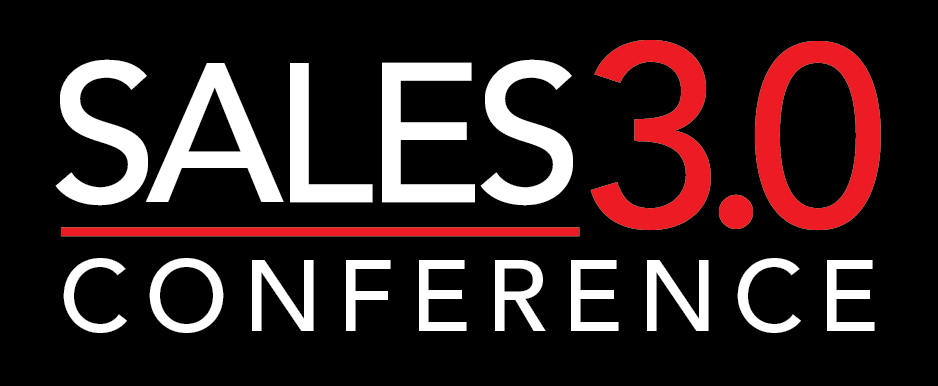by Jeff Weinberger
When I signed up for the upcoming Sales 2.0 Conference, one of the questions on the registration form was, “What is the biggest issue you face in your sales organization?” One of the options for the answer was, “Increasing renewals/decreasing churn.” It’s good to see this issue is increasingly on the proverbial front burner for leading sales organizations.
Reducing turnover (churn) and increasing repeat business is critical to the success of any organization. Let’s say you want to grow 20% next year, and your churn rate is 20%. You have to add 40% to last year’s sales numbers to hit your target. If you reduce your churn rate to 5%, you only have to add 25% to make your goal. For every dollar you reduce churn, you keep that dollar on your company’s top line. And you give yourself the opportunity to exceed your growth targets. Then there’s the added bonus of outgrowing your competition and leaving them to wonder why they can’t steal your customers anymore.
Leading companies recognize the difference between selling to new customers and selling to renewing and returning customers. That’s why they’re creating repeat-business sales processes. These distinct sales processes help companies reduce turnover (churn) and increase revenue and profitability, often dramatically.
Creating a repeat-business sales process first requires understanding how it is different from the new-business sales process I assume you already have, then designing it to take advantage of these differences. When you design for the differences listed here, you can make your renewal-sales process yield impressive results.
Key 1: Make your customer relationship work for you.
In a new-business sales process, you spend several stages getting to know your prospects and figuring out their needs. You already know your current customers well. You’ve spent the time in the initial sales process learning about them, and you have deep knowledge you’ve learned since your relationship began. Benefit: You can build a stronger case for more business.
Key 2: Let your customer tell you what they value.
In the initial sales process, you had to learn (and take some guesses) about how your prospect gets value from your product. Now, you have lots of experience working with them, and they have told you (you asked, right?) what value they receive and how they receive it. Benefit: Create a proven value proposition for repeat or additional business.
Key 3: You’re already ahead of the competition.
When you made the initial sale, you had to beat out several competitors. You spent time proving your superiority and tripping up their efforts to do the same. Now you are the incumbent. You are already an approved vendor, and if you’ve done well, your customer knows they get value from your product. And remember, momentum is a powerful force in decision-making. Benefit: Use your incumbent advantage to make it easier to buy from you again than to switch.
Key 4: You know where to up-sell.
When you made the initial sale, you likely also thought about up-sell and cross-sell opportunities, and maybe even made a plan to go back and sell those later. But these were based on some guesses and were not as clear as your initial sale opportunity. Now you know how and where your customer uses your product. You’ve also learned more about your customer’s organization. Which means you have a much better idea of where the real up-sell opportunities are. Benefit: Identify more and bigger up-sell and cross-sell opportunities.
Key 5: Use your experience to invest in repeat business wisely.
With all the new-business sales you’ve completed, you have learned which specific actions motivate prospects to buy and indicate whether they will buy. If you’ve been studying your customer’s usage and activity, you will also know precisely whether any given customer is likely to renew, or if a customer is on the fence and can be influenced. Benefit: Use this insight to invest your sales effort where it will convert the most repeat business.
Using these five keys to design a sales process that succeeds in reducing turnover (churn) lets your sales team focus on the best revenue opportunities and gives your company the best chance of meeting and exceeding your growth targets.
Meet me at the Sales 2.0 Conference (I’ll be at the media table) and let’s talk about how you can keep your revenue from walking out your back door.
 Jeff Weinberger is the founder and principal of DS3 Consulting. He helps growing companies develop sales and marketing strategies to improve customer relationships and increase renewals and repeat business.
Jeff Weinberger is the founder and principal of DS3 Consulting. He helps growing companies develop sales and marketing strategies to improve customer relationships and increase renewals and repeat business.

Pingback: Renewing Subscriptions and Reducing Churn: Connect With Your Target Audience